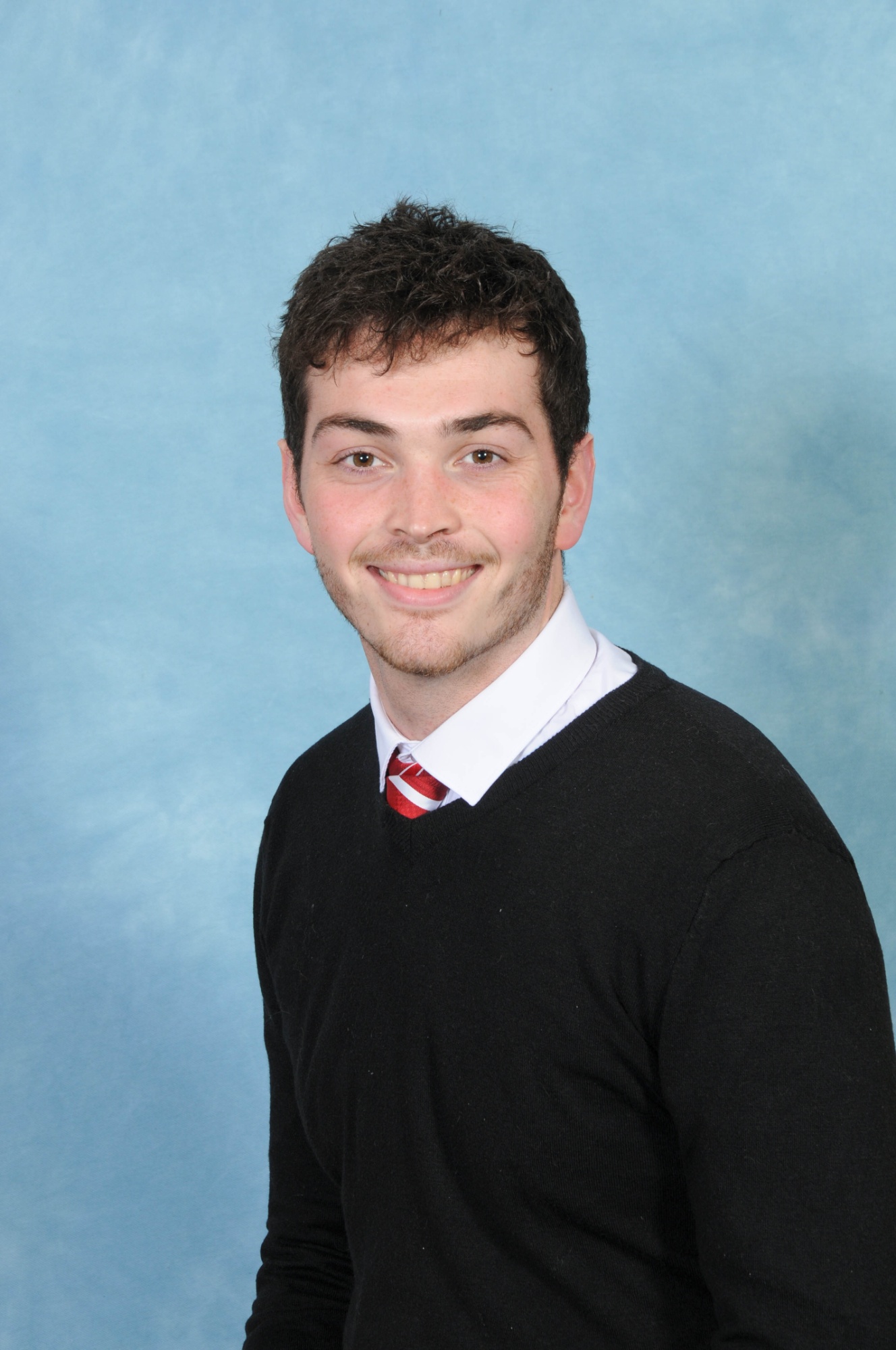Computing

Computing Lead
At LMPS we recognise and understand the significance role computers will play in the lives of future generations. Therefore we believe that the teaching of Computing should equip our children with the skills and knowledge they will need to become digitally literate in order to prepare them as active participants in a digital world.
Computing is taught weekly across all year groups and linked across the curriculum where appropriate. At LMPS we follow the Switched On scheme of work which builds progressively on each area of the Computing curriculum. Computing at LMPS aims to teach pupils how systems work and apply this through programming. We also aim to give pupils the opportunity to use information technology to create programs, systems and a range of content. We intend to embed the use of information technology within the teaching of mathematics, science and design and technology.
The 2014 National Curriculum significantly increased expectations of what children of all ages should learn in Computing, as you can see from the curriculum excerpts below. We use a range of software and approaches to make these ideas and processes accessible and understandable to our pupils.
For example, children in Key Stage 1 using 'Daisy the Dinosaur' or 'Beebots' on an iPad are creating and debugging simple programs and using logical reasoning to predict their behaviour. As children progress up the school, we build on these ideas to introduce greater sophistication using more advanced tools such as 'Scratch', which you can download and try out for free at home.
2014 National Curriculum Expectations for Computing
In Key Stage 1, pupils should learn to:
- understand what algorithms are; how they are implemented as programs on digital devices; and that programs execute by following precise and unambiguous instructions
- create and debug simple programs
- use logical reasoning to predict the behaviour of simple programs
- use technology purposefully to create, organise, store, manipulate and retrieve digital content
- recognise common uses of information technology beyond school
- use technology safely and respectfully, keeping personal information private; identify where to go for help and support when they have concerns about material on the internet or other online technologies
In Key Stage 2, pupils should learn to:
- design, write and debug programs that accomplish specific goals, including controlling or simulating physical systems; solve problems by decomposing them into smaller parts
- use sequence, selection, and repetition in programs; work with variables and various forms of input and output
- use logical reasoning to explain how some simple algorithms work and to detect and correct errors in algorithms and programs
- understand computer networks including the internet; how they can provide multiple services, such as the world-wide web; and the opportunities they offer for communication and collaboration
- use search technologies effectively, appreciate how results are selected and ranked, and be discerning in evaluating digital content
- select, use and combine a variety of software (including internet services) on a range of digital devices to design and create a range of programs, systems and content that accomplish given goals, including collecting, analysing, evaluating and presenting data and information.
- use technology safely, respectfully and responsibly; recognise acceptable/unacceptable behaviour; identify a range of ways to report concerns about content and contact
You can download our Curriculum Map for all subjects by clicking on the document below. This document clearly outlines the key learning objectives for Computing and E-Safety in every year group.


